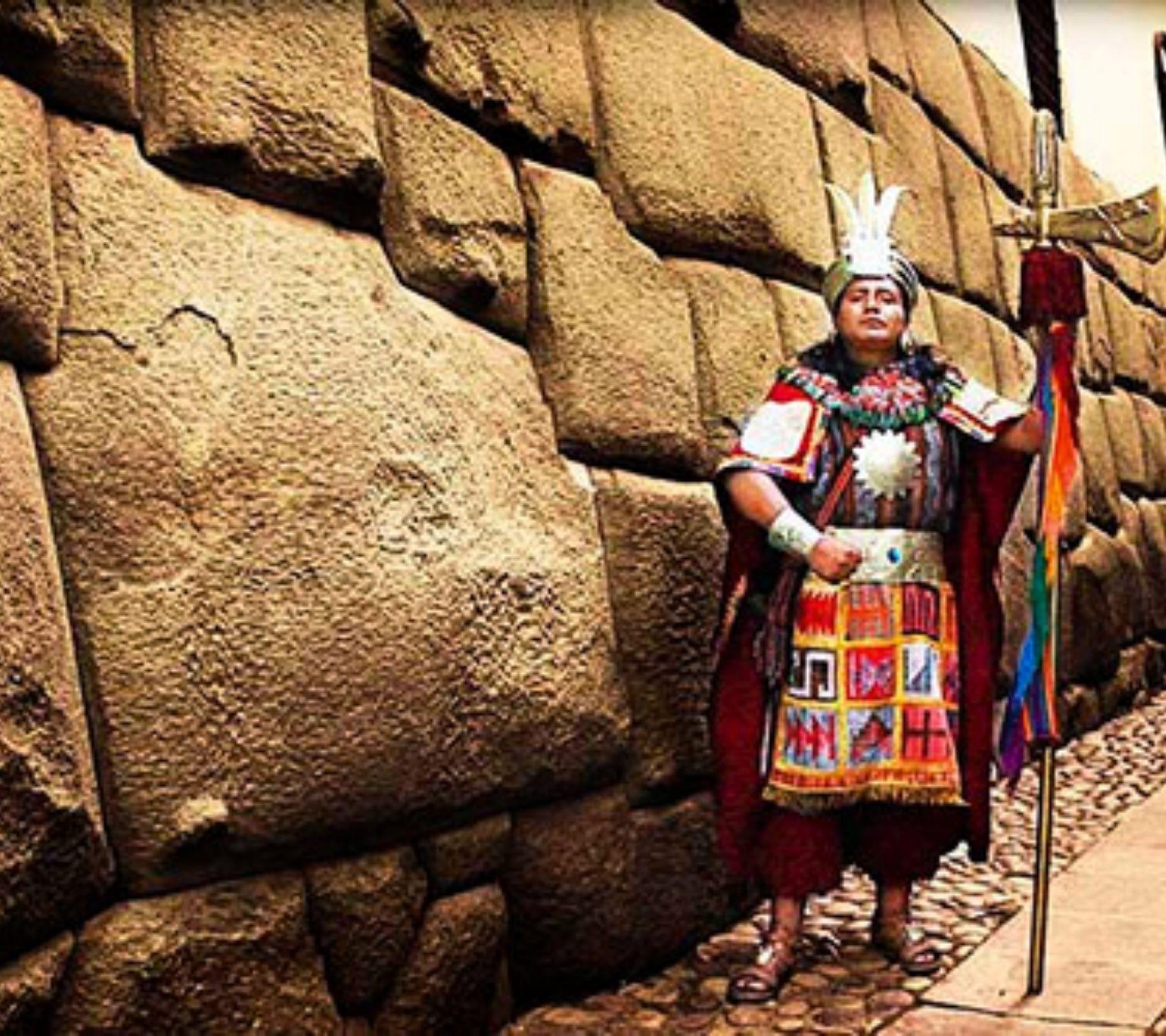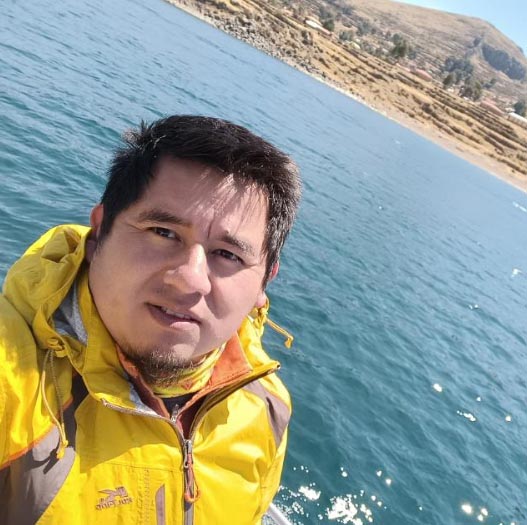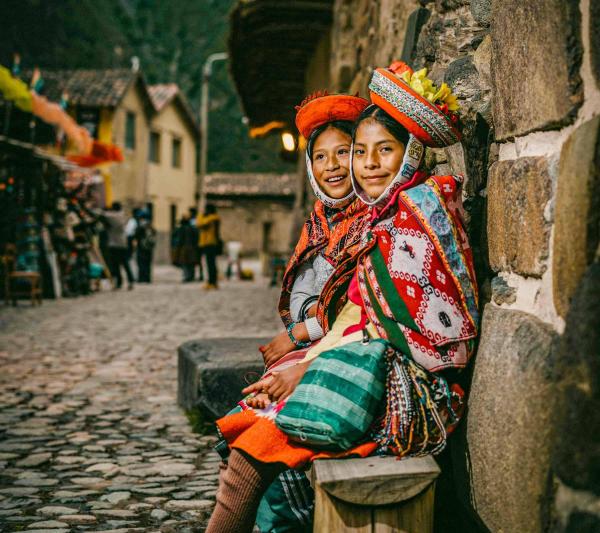The 12 Angle Stone is one of the most popular attractions in the city of Cusco. Its fame is due to the perfection of its construction. It is a huge polished stone, which fits perfectly in each of its corners with the rest of the stones that make up the wall. It is located on Hatun Rumiyoc Street. Visiting this place is free. It is one of the most photographed places in Cusco.
This is the 12 angle stone
The 12 Angle Stone is one of the most popular tourist attractions in Cusco. It is famous for its immense size whose twelve corners fit perfectly with the rest of the wall. It is one of the most photographed places in Cusco!
What is it?
The stone of the 12 angles is a green diorite rock (widely used in important Inca constructions) that is part of one of the walls belonging to the famous palace of Inca Roca (1350 – 1380). The stone has an approximate weight of 6 tons. It is not possible to insert a needle into its edges because its twelve angles fit perfectly with the stones that surround it.
Although there are stones on the same wall that have more angles, they do not have the perfection of the 12-angle stone. Investigations indicate that if it is removed, the entire construction would collapse.
Because it is part of the Historic Center of Cusco, it is considered 'Cultural Heritage of the Nation'.
Where is located?
The stone of the 12 angles is located on Hatun Rumiyoq street (big stone in the Quechua language), almost 500 meters from the city's Plaza de Armas. It is part of an Inca wall where the Archbishop's Palace and Museum of Religious Art of Cusco currently sits.
Getting there is easy. From the Plaza de Armas you must ascend the 'Triunfo' slope. This road leads to Hatun Rumiyoc Street, which is packed with crafts, jewelry and clothing businesses. It is there where the 12 angle stone is found.
Know its history
The stone of the 12 angles was one of the immense Inca walls that made up the palace of Inca Roca (sixth ruler of the curacazgo of Cusco). In the following years, the palace was the residence of the descendants of the Inca until the Spanish invaded and looted the palace in the 16th century.
On the foundations of the 12-angle stone, the Spanish built the House of the Marquises of San Juan de Buena Vista and the Palace of the Marquises of Rocafuerte. This colonial building would later be donated to the church to become the Archbishop's Palace and the Museum of Religious Art of the city of Cusco.
The immense and solid wall, but especially this stone, gained popularity among tourists who visit Cusco year after year. Currently, it is one of the most photographed tourist attractions of the Inca city.
How much does the visit cost?
The 12 Angle Stone is located on a public street so there is no cost to visit it.
The visit can be made at any time of the day. The structure of this architectural work must be respected. It is not allowed to touch it. You can get to know it by requesting the company of a tour guide.
Why care for the 12 angle stone?
The stone of the 12 angles is considered Cultural Heritage of the Nation of Peru. Likewise, it is a symbol of the people of Cusco. Taking care of it is the task of all tourists and residents of Cusco.
During the day and night there are police officers guarding the stone. Likewise, from 7 in the morning until 7 at night, there is a man dressed as an Inca who watches over the rock.
Despite the care, some unscrupulous tourists have damaged the stone by painting and graffitiing it. Surveillance cameras capture these events. The penalty for damaging the Nation's Cultural Heritage could include a few years in prison.
Other free tourist attractions in Cusco
Plaza de Armas del Cusco – The busiest tourist center in the city of Cusco. It was also an administrative center during the Inca Empire. In the surrounding area there are craft and clothing stores, restaurants, hotels and cafes. On Sundays there are usually free dance shows.
San Pedro Market – This popular market is one of the oldest in the city of Cusco. Its architecture was designed by the famous French engineer Gustave Eiffel. It offers all kinds of groceries as well as crafts. There you can learn about some aspects of Cusco culture. There are free guided tours of this market and the streets of the city.
San Blas Neighborhood – This traditional neighborhood is located following the slope that continues to Hatun Rumiyoc Street (12 Angle Stone). It is famous for its narrow, cobblestone streets. It is also known as the neighborhood of artists and craftsmen of the city. The workshops of the Mendívil, Olave and Mérida families are famous. It is an excellent place to purchase quality crafts and works of art.
The churches of Cusco – The churches and convents located in the historic center of Cusco offer very striking baroque architecture as well as great historical significance. Admission is free during mass hours (preferably Saturday and Sunday mornings). Some of the most famous churches are: the Cathedral, the church of the Company of Jesus, the church of San Cristóbal, the church of Santo Domingo and others.
What is the attention hour?
The stone of the 12 angles is located in the middle of Hatun Rumiyoc street in the city of Cusco. So the visit can be made at any time of the day.
However, it is recommended to visit during peak tourist hours. That is: from approximately 7 in the morning to 10 at night.
Other interesting blogs:
- Where is Machu Picchu?
- Machu Picchu Tickets: Upgrade guide 2024
- Skylodge Adventures Suites
- Machu Picchu Weather
If you want to live this great experience do not hesitate to contact us. Reserve our guided trips to Machu Picchu by contacting our travel experts and you will be closer to completing your adventure:






